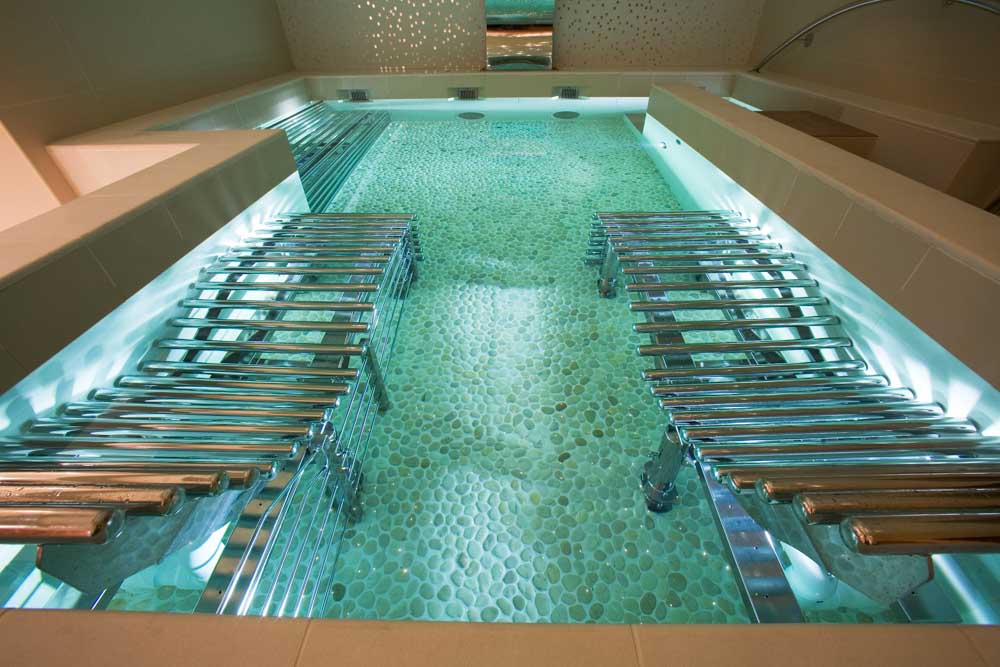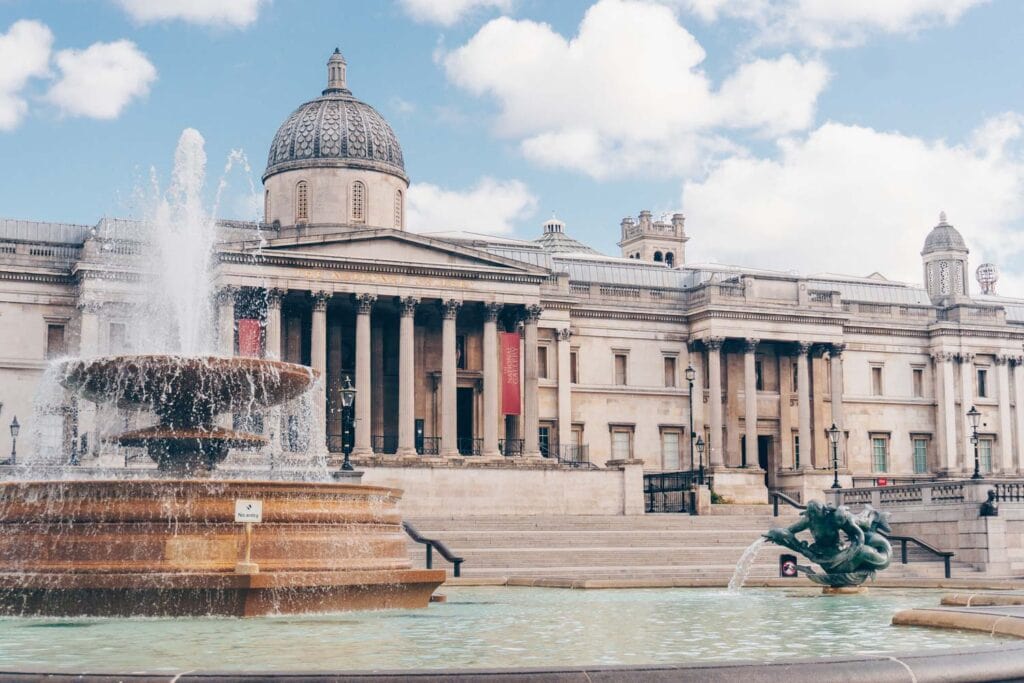Looking for the best Egyptian museums in London? These are the ones you need to visit.
The mummies. The pyramids. The thousands of years of historic rises and falls! It’s hard not to find ancient Egypt fascinating. And if you’re into it (we’ll assume you are seeing as you’re reading this) there’s plenty of artefacts you can see in this fine city.
London’s museums are chocka with them, including some very famous, important finds.
Where they acquired these collections though, is another question. In order to provide a bit of clarity we’ve done some digging towards the end of the article that will hopefully clarify whether these museums should be keeping their collections.
Read on for a guide to the best Egyptian Museums in London, and if they’re ethical enough to deserve your visit.
The Best Egyptian Museums in London
The Petrie Museum
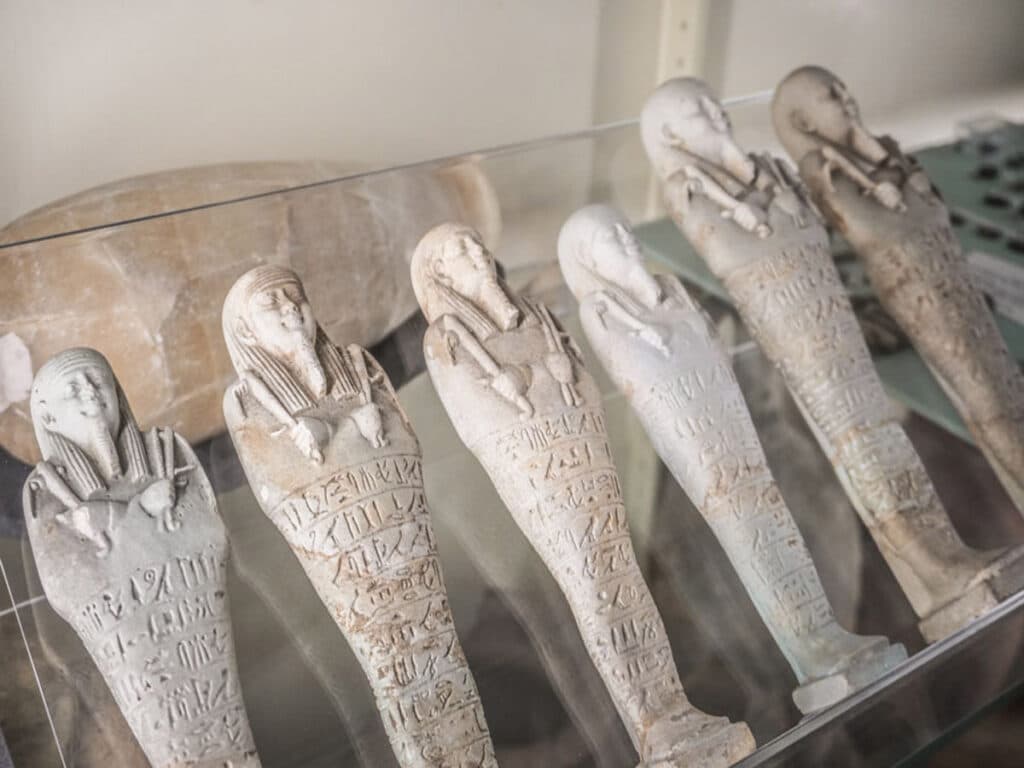
Part of UCL, The Petrie Museum contains around 80,000 artefacts from Egypt and Sudan (Ancient Egypt would have been in parts of what is now Sudan) making it the second largest collection in London.
To try and give you an overview of all those 80,000 artefacts would be, well, nigh on impossible. Some of the best bits though, that we can do. Other than all the usual mummies and super-cool ancient stuff they’ve got a couple of real stand out pieces.
One is the earliest example of metal from Egypt, another comes in the form of the oldest surviving papyrus will. Fashionistas might get a kick out of some ancient Egyptian clothing on show, including a 7000 year old dress.
Horniman Museum
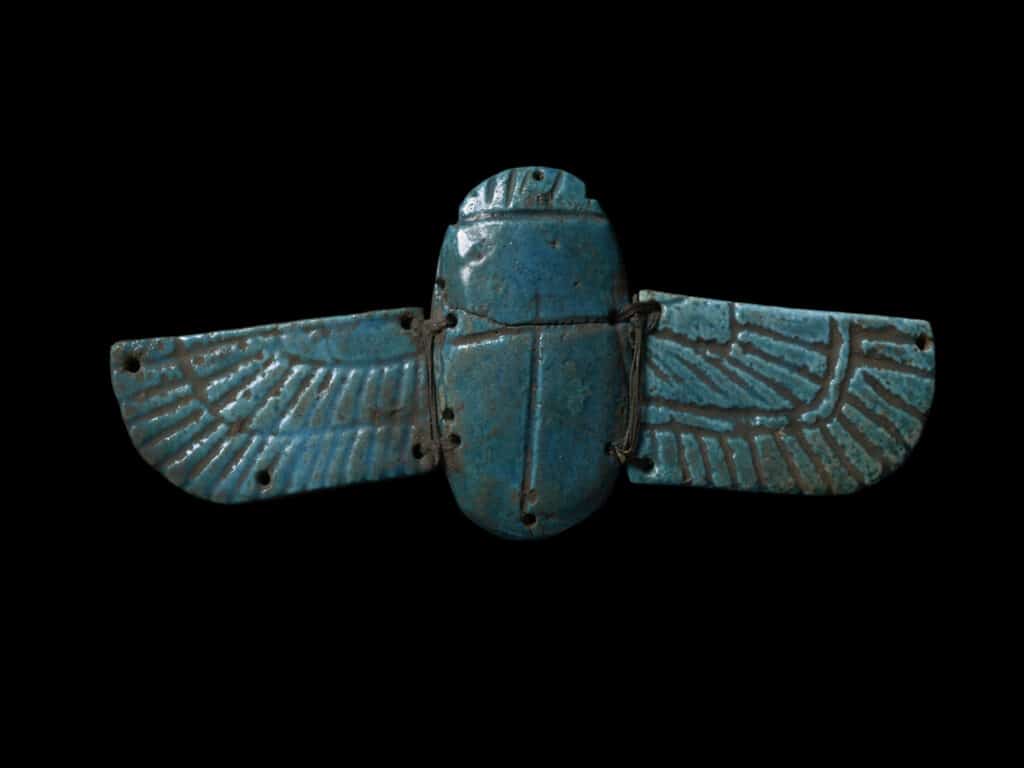
After a quick chuckle at the name of this place, you’ll realise it’s a pretty serious contender for history museums in London. Though the Horniman’s exhibitions don’t hold as many artefacts as the other museums on this list, they do have some pretty interesting bits and pieces, and some noble ethics to boot.
In November 2022 they gave back several items in a collection of Nigerian artefacts looted by British soldiers in 1897, some of which were parts of the Benin Bronzes, begging the question of whether other museums on this list will follow suit.
Their Egyptian collection contains a few sarcophagi (some of which have rather amusing faces) and mummies, as well as ornaments and objects from everyday Egyptian life. One of note is a beautiful blue model of a scarab beetle made from faience, the oldest type of glazed ceramic.
The British Museum
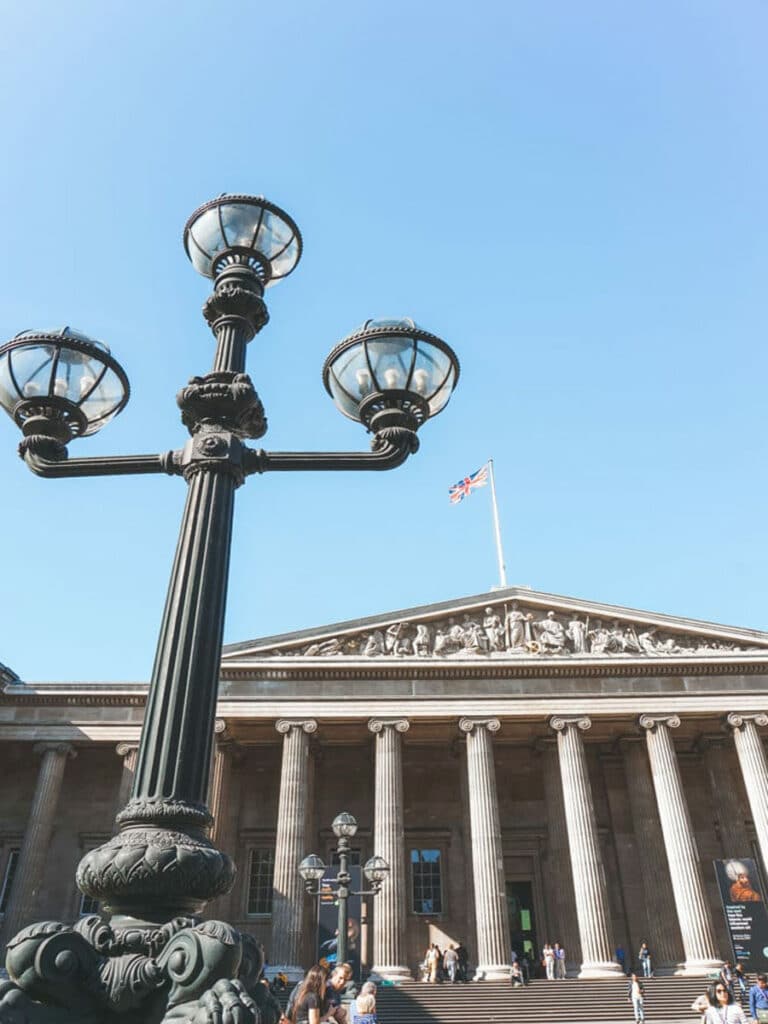
The go-to museum for artefacts of all kinds, the British Museum’s collection includes some of the most important finds in Egyptology, the Rosetta stone being one of them.
A brief stroll through their ground-floor Egyptian gallery will have your eyes resting on sarcophagi, trinkets, and sculptures that span the several thousand year long history of Egyptian civilization. As collections in London go, you’ll be hard pressed to find more in one place than this.
The upper floors are home to mummies in various forms of embalm, and animals that were sent to the afterlife alongside them. Any keen Egyptologist can find days of interest here.
The Ethics of Egyptian Museums in London
It’s impossible, and probably shirking journalistic responsibility, to write on this subject without bringing up the question of London’s Egyptian artefacts without mentioning whether or not they should be in London at all.
In the interest of clearing muddy waters we’ll dive into this a little.
The British Museum
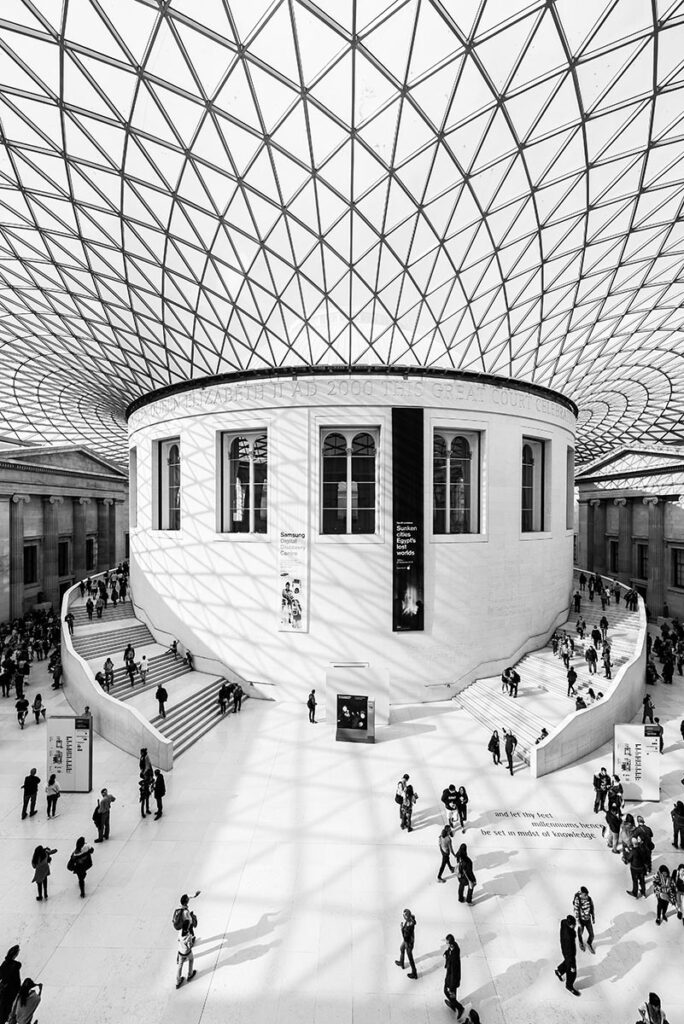
Starting with the biggest collection, The British Museum’s permanent Egyptian and Sudanese artefacts numbers somewhere around a lofty 100,000 objects, so getting to the bottom of what they actually have a right to keep is difficult business.
Some of the items were acquired as recently as 2001. Others, like the Rosetta Stone, were taken from Napoleon after the British defeated his armies at Cairo, and clearly he had taken them from the Egyptians. What is that phrase about two wrongs not making a right?
The Horniman Museum
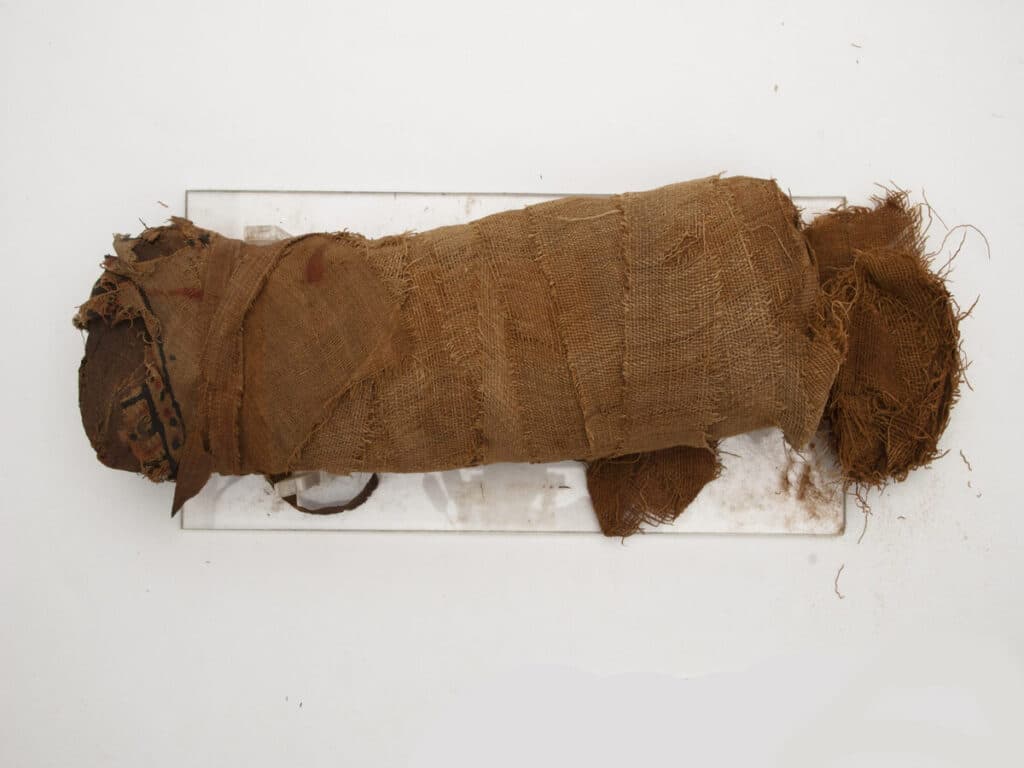
The Horniman Museum has very recently broken rank on this issue. In November 2022 the Horniman museum became the first museum in the UK to return artefacts gained through looting in the British empire to their home country.
The artefacts returned were the Benin Bronzes, a much-treasured set of bronze artworks taken from the royal palace of Benin, in what is now Nigeria, by British soldiers in 1897.
The move puts a lot of pressure on The British Museum to do the same with their share of the Benin Bronzes, which happens to be one of the largest collections in the world. All eyes will then be on whether they choose to do the same with some of their less-legally acquired artefacts – like some of the bits in the Egyptian galleries (and of course the Elgin Marbles).
There’s not much info out there about how the Horniman acquired their Egyptian artefacts, but we’re guessing that if it wasn’t above board, they’re having a good old think about what to do with it.
Petrie Museum
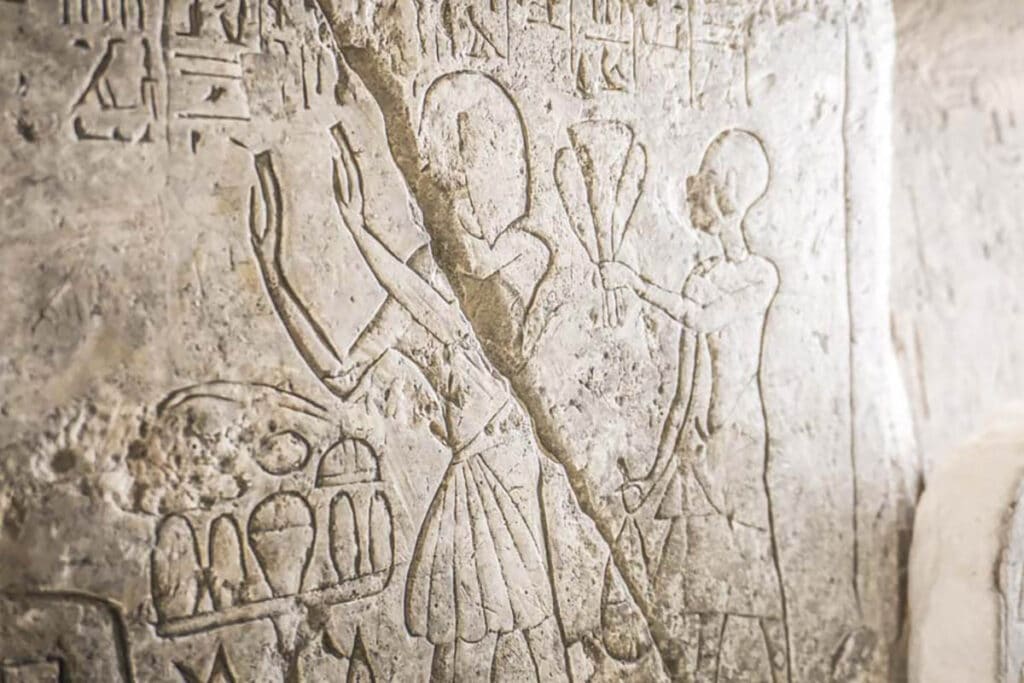
As with the British Museum, picking apart the 80,000 strong collection at the Petrie Museum to work out what belongs where would be a bit of a logistical nightmare.
We’ll level with you and admit that Flinders Petrie had some extremely unpalatable beliefs around eugenics – but as far as the artefacts in the Petrie Museum go, we believe that they were acquired lawfully in accordance with Egyptian government legislation at the time.
That said, the way in which the artefacts were acquired would no longer be considered legal, which is why the collection has failed to grow anymore.
Practical Tips for Exploring the Best Egyptian Museums in London
- If you’ve only got time to visit one museum, then the British Museum is probably your best bet. Or, if you’re seriously interested in Egyptology (and fancy skipping other eras), you might want to head to Petrie instead.
- Consider the ethics before you go. Like we’ve already mentioned, this can be murky – but it’s worth taking time to google how ethical the museum you are visiting is in advance.

